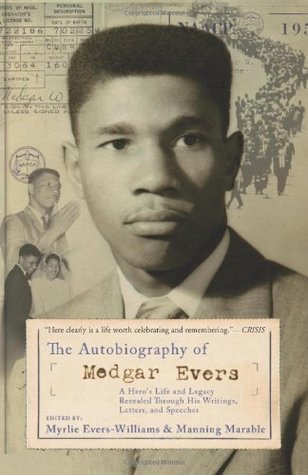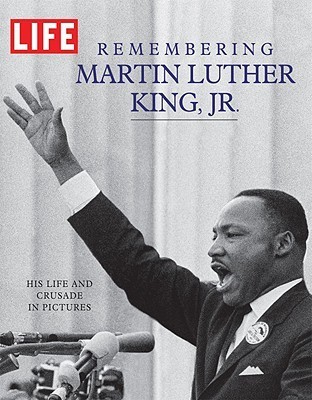
Walking with the Wind: A Memoir of the Movement
Book Description
A young man stands at the crossroads of courage and fear, ready to march for justice in a world steeped in oppression. “Walking with the Wind” unfolds as a powerful memoir, painting a vivid picture of the Civil Rights Movement through the eyes of John Lewis, a warrior who transformed his pain into purpose. From brutal confrontations to heartfelt alliances, every page pulses with the heartbeat of a generation fighting for equality. Struggling against injustice while facing unimaginable obstacles, Lewis's journey is a haunting reminder of the struggle for freedom. What price would you pay for the dream of a better tomorrow?
Quick Book Summary
"Walking with the Wind: A Memoir of the Movement" tells the inspirational story of John Lewis, one of the most significant leaders of the American Civil Rights Movement. Through vivid storytelling, Lewis recounts his journey from humble beginnings in rural Alabama to the front lines of historic marches and protests, including the Selma to Montgomery march. He reflects on pivotal moments of solidarity and violence, the philosophical roots of nonviolence, and the power of community activism. The memoir is a testament to unwavering faith, discipline, and the sacrifices required to create lasting change. Lewis's experiences offer both a historical record and an enduring call to action for justice, equality, and the enduring spirit of hope.
Summary of Key Ideas
Table of Contents
Nonviolent Resistance and Moral Leadership
John Lewis’s early life in rural Alabama acquainted him firsthand with poverty and segregation. As the son of sharecroppers, he developed a deep awareness of America’s racial injustices from a young age. Education and faith in Christianity fueled his sense of purpose. Influenced by Dr. Martin Luther King Jr. and the teachings of nonviolence, Lewis quickly emerged as a passionate organizer, believing that moral courage and collective action could overcome generations of oppression.
Personal Sacrifice for Collective Progress
At Fisk University, Lewis became involved with the Nashville Student Movement, engaging in sit-ins, freedom rides, and marches. These direct-action protests challenged segregation in public spaces and tested activists’ commitment to nonviolent resistance even when faced with arrests and brutality. Lewis’s leadership within SNCC (Student Nonviolent Coordinating Committee) showcased the movement’s youthful energy, strategic discipline, and extraordinary resolve. He forged alliances across generations, working alongside notable figures while amplifying the grassroots power of ordinary citizens.
Building and Sustaining a Movement
Lewis’s memoir delves into landmark events such as the March on Washington and the harrowing 1965 Selma to Montgomery march, where he was brutally beaten on “Bloody Sunday.” These pivotal moments highlight both the terrifying risks and the transformative victories of the struggle. Lewis paints a vivid portrait of solidarity among activists, the emotional toll of violence, and the relentless push against systemic barriers. The story reveals the deep personal sacrifices required to ignite societal change, from enduring physical harm to sustaining hope amid setbacks.
The Impact of Community and Allies
Central to the book is the belief in nonviolence as a practical and spiritual strategy. Lewis’s commitment to loving one’s enemies and fostering reconciliation, despite provocation, underpins the movement’s success. He emphasizes the importance of mentorship, togetherness, and sustaining momentum through small acts of everyday courage. Allies from different backgrounds—Black and white, young and old—unite over a shared vision, underscoring the collective nature of meaningful social progress.
Legacy and Continuing the Fight for Justice
"Walking with the Wind" concludes by reflecting on the civil rights movement’s lasting legacy and its unfinished business. Lewis urges new generations to maintain the "good trouble" of activism, reminding readers that justice is a constant pursuit. His story is both a chronicle of historic achievement and a clarion call to continue the march toward equity. The memoir stands as a tribute to unwavering faith, guided by the conviction that one person’s actions, when joined with others, can bend history’s arc toward justice.
Download This Summary
Get a free PDF of this summary instantly — no email required.





